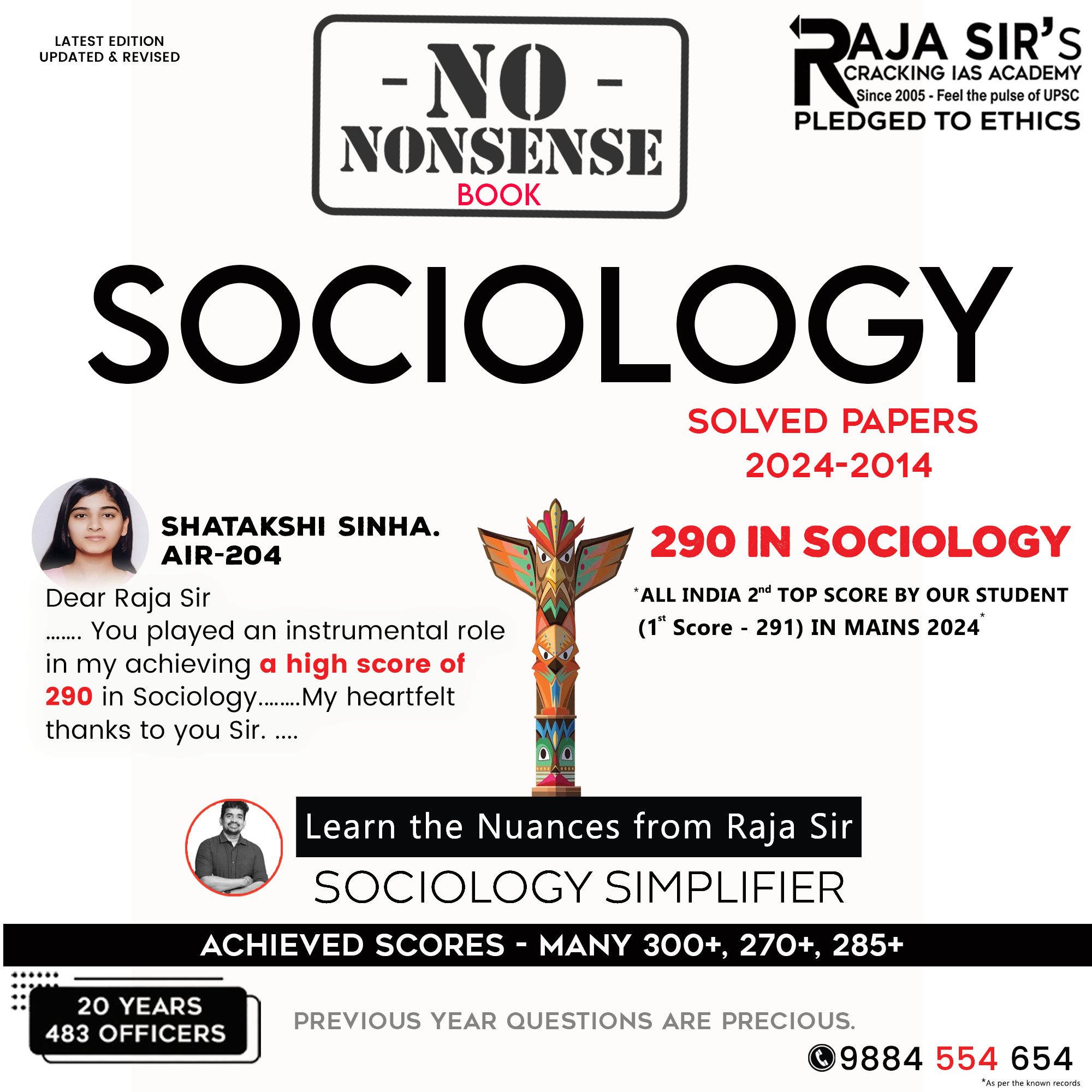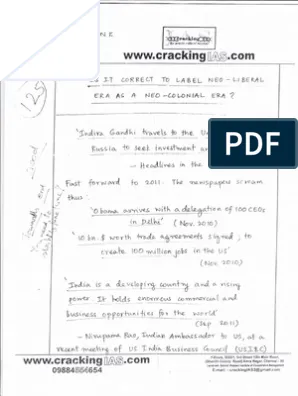- Home
- Prelims
- Mains
- Current Affairs
- Study Materials
- Test Series
What would you identify as the similarities and differences in the elite theories of Mosca, Michels and Pareto? Discuss their main/crucial issues. (UPSC CSE Mains 2025- Sociology, Paper 1)(20 marks)

Mosca, Michels, and Pareto all argue that elite rule is inevitable in society, but they differ in how elites are formed, maintained, and justified. Their theories highlight key issues like the circulation of elites, organizational dynamics, and the myth of democracy.
 Similarities
Similarities
- All three theorists agree that society is fundamentally divided between a small ruling elite and a large non-elite majority, emphasizing minority rule over the masses.
- They recognize the inevitability of elite domination due to organizational superiority, the concentration of power, and leadership abilities concentrated among a select few.
- Each thinker acknowledges social stratification and the persistence of elites over time, highlighting continuous power dynamics rather than democratic equality.
- Their theories critically view democracy, warning that elite rule often consolidates within few hands even in ostensibly democratic settings.
Differences
|
Mosca |
Pareto |
Michels |
|
The "Ruling Class" concept and organizational superiority |
Circulation of elites: continuous replacement of elites |
Iron Law of Oligarchy: inevitable oligarchic rule inside organizations |
|
Stability with some circulation; ruling class maintains power |
Elite circulation is dynamic, elites are replaced over time |
Elite replacement is less permanent, more about oligarchic consolidation |
|
Two strata in ruling class: highest ruling core + second stratum |
Elites divided into governing elites, non-governing elites, and political elites |
Elites arise through organizational dynamics, not necessarily hereditary or fixed |
|
Organizational capacity key to elite dominance |
Combination of psychological traits and social factors shape elite dynamics |
Oligarchy emerges naturally in all organizations due to bureaucratic necessities |
|
Use of ideology and political formula to maintain power |
Elite effectiveness depends on logical and illogical actions in power maintenance |
Power concentrated regardless of democratic intentions in organizations |
|
Skeptical but accepts elite role within democracy |
Critical of democracy, viewing it as a façade for elite rule |
Democracy always leads to oligarchy—a pessimistic view of organizational democracy |
 Main/Crucial Issues Addressed
Main/Crucial Issues Addressed
- Mosca''s Theory of the Ruling Class focuses on the organizational superiority of a small minority who rule due to their ability to be more effectively organized than the masses. He argues elite rule is inevitable and stable but requires legitimation through political formula (ideology). He highlights the need for elite accommodation of masses to maintain power.
- Pareto''s Circulation of Elites theory centers on the continual replacement of elites. New elites arise by supplanting old ones due to social mobility or changes in economic, political, or ideological contours. He categorizes elites by psychological traits (foxes and lions) and stresses elite flexibility and adaptability in maintaining power.
- Michels'' Iron Law of Oligarchy posits that all organizations, even democratic ones, inherently evolve into oligarchies led by a few leaders who monopolize power. He contends that elite rule is entrenched by internal organizational dynamics rather than social or hereditary factors.
These theories influenced modern political sociology, especially critiques of liberal democracy and Marxism. - They laid the groundwork for understanding power dynamics in institutions, revolutions, and leadership transitions.









 Latest News
Latest News
 General Studies
General Studies